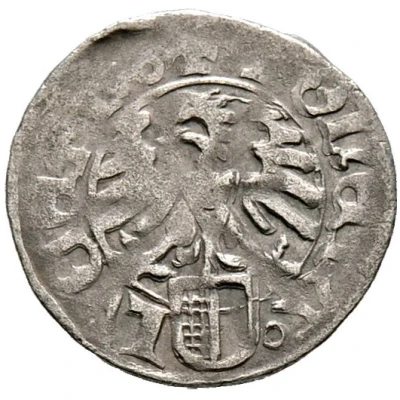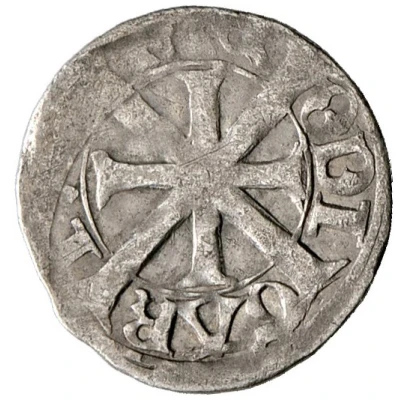


© Auktionen Münzhandlung Sonntag
Kreuzer "Etschkreuzer" LEODIGARIVS ND
| Silver | 1.1 g | 18.5 mm |
| Issuer | City of Lucerne |
|---|---|
| Period | Free imperial city (1415-1648) |
| Type | Standard circulation coin |
| Years | 1502-1550 |
| Value | 1 Kreuzer (1⁄64) |
| Currency | Thaler (1422-1550) |
| Composition | Silver |
| Weight | 1.1 g |
| Diameter | 18.5 mm |
| Shape | Round (irregular) |
| Demonetized | Yes |
| Updated | 2024-10-07 |
| Numista | N#290367 |
|---|---|
| Rarity index | 100% |
Reverse
Double cross. Gothic script.
Lettering: ✠ LEODIGARIVS ⸰
Comment
Varieties:Variety 1 (Wielandt# 19)
Obverse lettering: ✠ MONETA LVCERNENS' ⸰
Reverse lettering: ✠ LE ODI GAR IVS
Variety 2 (Wielandt# 19a)
Obverse lettering: MONETA ⸰ LVCERNENS
Reverse lettering: ✠ LE ODI GAR IVS ⸰
Variety 3 (Wielandt# 19b)
Obverse lettering: ✠ MONETA ⸰ LVCERNE
Reverse lettering: ✠ LE ODI GAR IVS ⸰
Variety 4 (Wielandt# 19c)
Obverse lettering: ✠ MONETA ⸰ LVCERN
Reverse lettering: ✠ LE ODI GAR IVS ⸰
Variety 5 (Wielandt# 19d)
Obverse lettering: ✠ MONETA ⸰ LVCERN'
Reverse lettering: ✠ LE ODI GAR IVS ⸰
Variety 6 (Wielandt# 19e)
Obverse lettering: ✠ MONETA ⸰ LVCERN' ⸰
Reverse lettering: ✠ LE ODI GAR IVS ⸰
Variety 7 (Wielandt# 19f)
Obverse lettering: ✠ MONETA ⸰ LVCERN' ⸰
Reverse: Retrograde legend.
Reverse lettering: SVI RAC IEO ELT
Interesting fact
The Kreuzer "Etschkreuzer" (LEODIGARIVS) ND (1502-1550) from City of Lucerne was used as a means of payment in the city of Lucerne and its surrounding areas during the 16th century. It was made of silver and weighed 1.1 grams, which was a significant amount for a coin at that time. The coin's design featured the image of a lion, which was a symbol of strength and power, and the inscription "LEODIGARIVS" which stands for "Leo, Count of the Digos." The coin was used for everyday transactions, such as buying goods and services, and it was also used as a form of tax payment. It's interesting to note that the coin's design and inscription reflect the political and economic context of the time, and it's a great example of how coins can provide a window into the past and help us understand the history of a region.